Introduction
I think having a fish tank is like having a little piece of nature inside our home. We get to watch colorful fish swim around plants move gently in the water and bubbles rise to the top. It’s peaceful and beautiful. But here’s something we all need to remember: the health of our fish depends mostly on the quality of the water they live in.
If the water is dirty or unbalanced even the most beautiful tank will become a danger to its fish. That is why we should always pay attention to water quality. In this guide I’ll share everything I have learned about keeping water clean and safe for fish explained in a way that’s simple enough for anyone to follow.
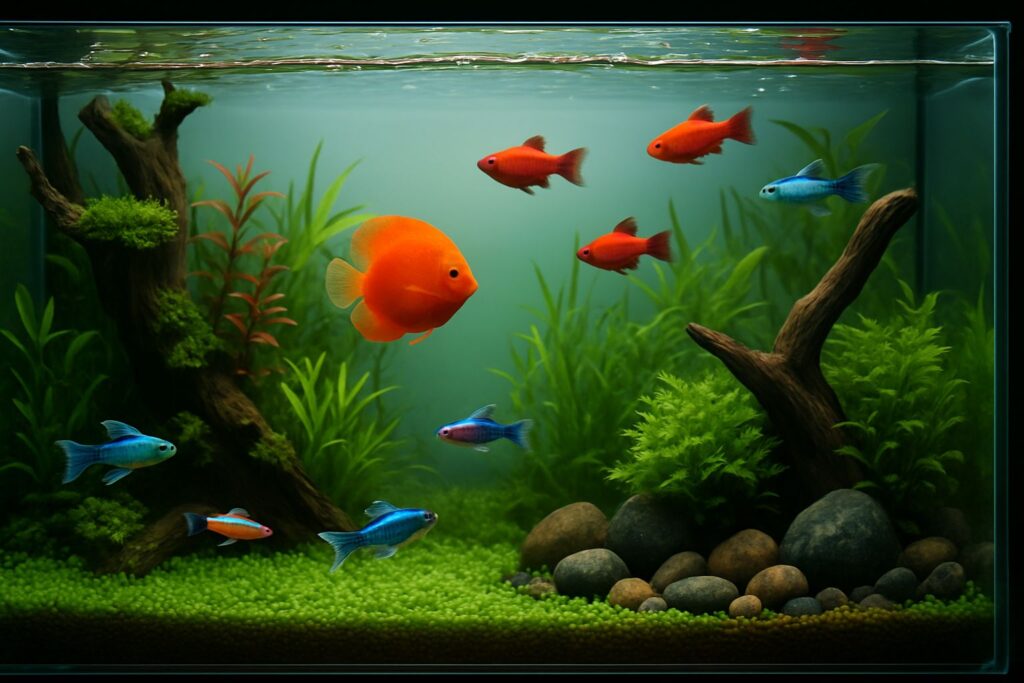
1. Why Water Quality Matters
Water in a fish tank is not just water. It’s the fish’s entire world. Imagine if the air we breathe became filled with dust and poison we would get sick quickly. That is exactly what happens to fish if the water is not clean. Bad water can lead to:
- Fish diseases and infections
- Stress in fish, which shortens their life
- Algae overgrowth that makes the tank look dirty
- Smelly water that isn’t pleasant for us either That is why we are responsible for making sure the water stays healthy at all times.
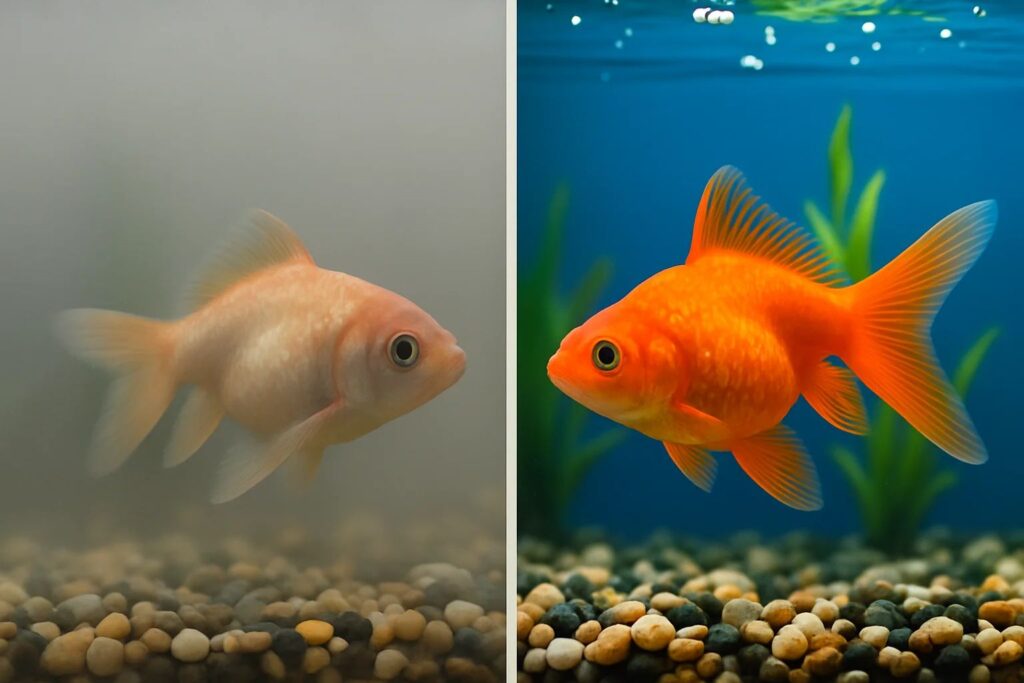
2. Regular Water Changes
One of the easiest ways to keep the water healthy is to change it regularly. I’m not talking about replacing all the water we should never do that because it can shock the fish. Instead, we should change 20–30% of the water once a week.
Here’s why this works:
- Removes waste and toxins that build up over time
- Keeps chemical levels balanced
- Refreshes oxygen in the water
Tip: Always use a water conditioner to remove chlorine from tap water before adding it to the tank.
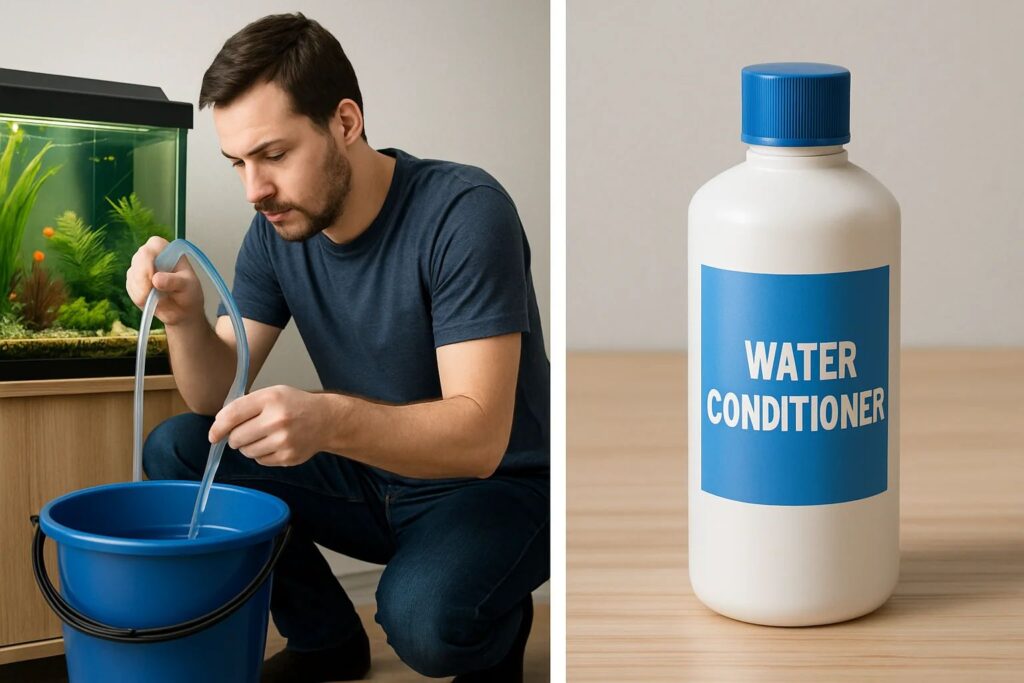
3. Check Water Parameters
We can’t always see if water is unhealthy. Some problems are invisible like high ammonia or incorrect pH levels. That’s why we should test the water regul
Important parameters to check:
- pH: Most freshwater fish like a pH between 6.5 and 7.5
- Ammonia: Should be 0 ppm
- Nitrites: Should be 0 ppm
- Nitrates: Keep below 40 ppm
We can buy an aquarium water test kit and check once a week. If the results are off we should fix them quickly before fish are harmed.
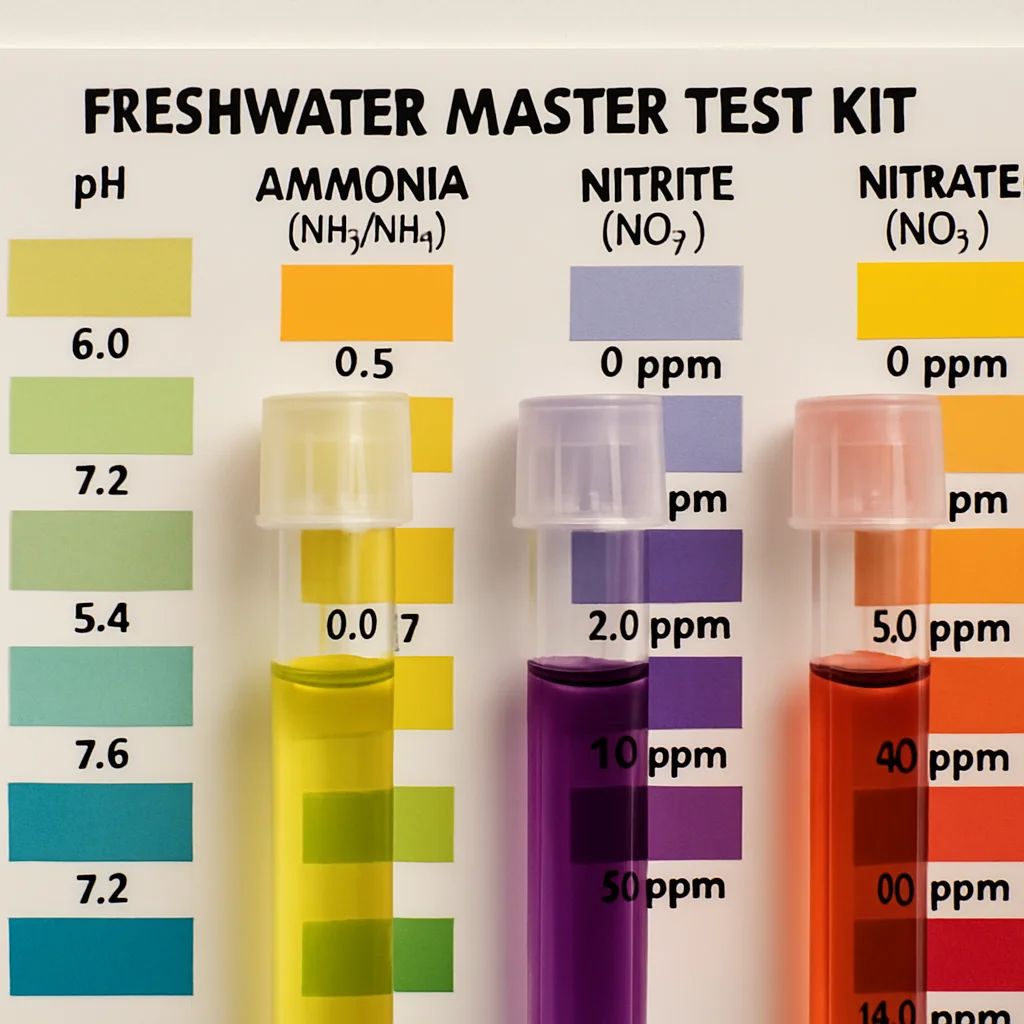
4. Use a Good Filter
A filter is like the tank’s life support system. It cleans the water, keeps it moving, and holds beneficial bacteria that break down waste. Without a filter, toxins can build up fast.
When choosing a filter:
- Make sure it matches your tank size
- Choose one that has mechanical, chemical, and biological filtration
- Clean it regularly, but not all parts at once (to protect the good bacteria)
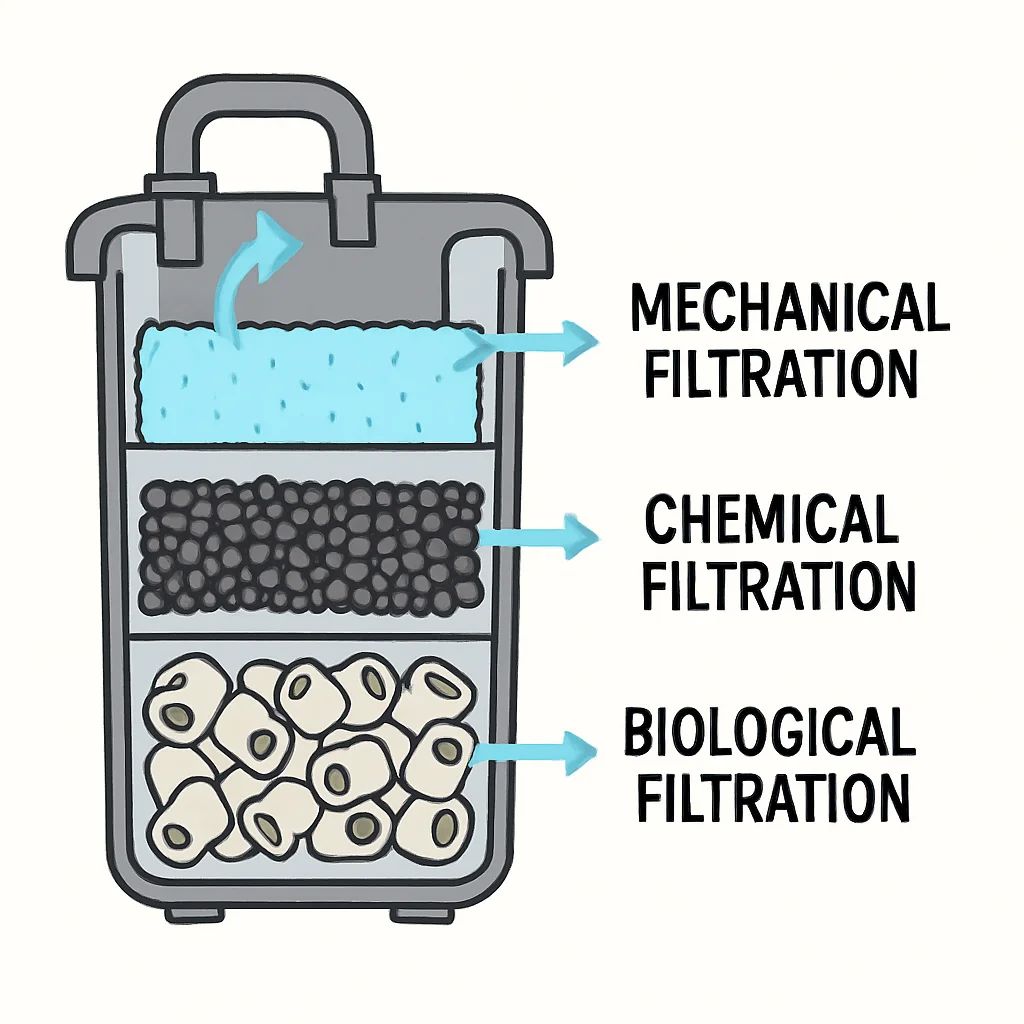
5. Avoid Overfeeding
I know it’s fun to feed fish they rush to the top like they are saying thank you. But if we give too much food the extra sinks rot and pollutes the water.
We should feed only what fish can eat in 2–3 minutes. It’s better to give small amounts twice a day than one large meal.

6. Keep the Tank Clean
Even with a filter waste will collect at the bottom of the tank. That’s why we should use a gravel vacuum during water changes. It sucks up leftover food fish waste and plant debris.
We can also wipe the glass to remove algae and make the tank look clear.
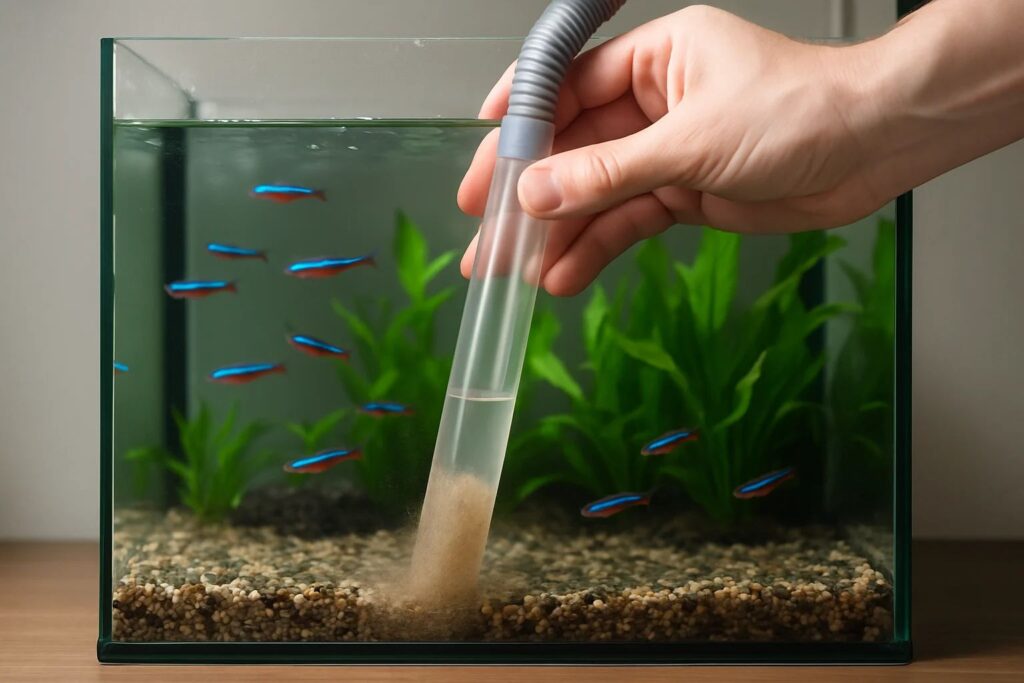
7. Add Live Plants
Live plants are like nature’s water filter They use fish waste as fertilizer give off oxygen and help control algae growth Plus they make the tank look more natural.
Some easy plants for beginners:
- Java fern
- Anubias
- Amazon sword
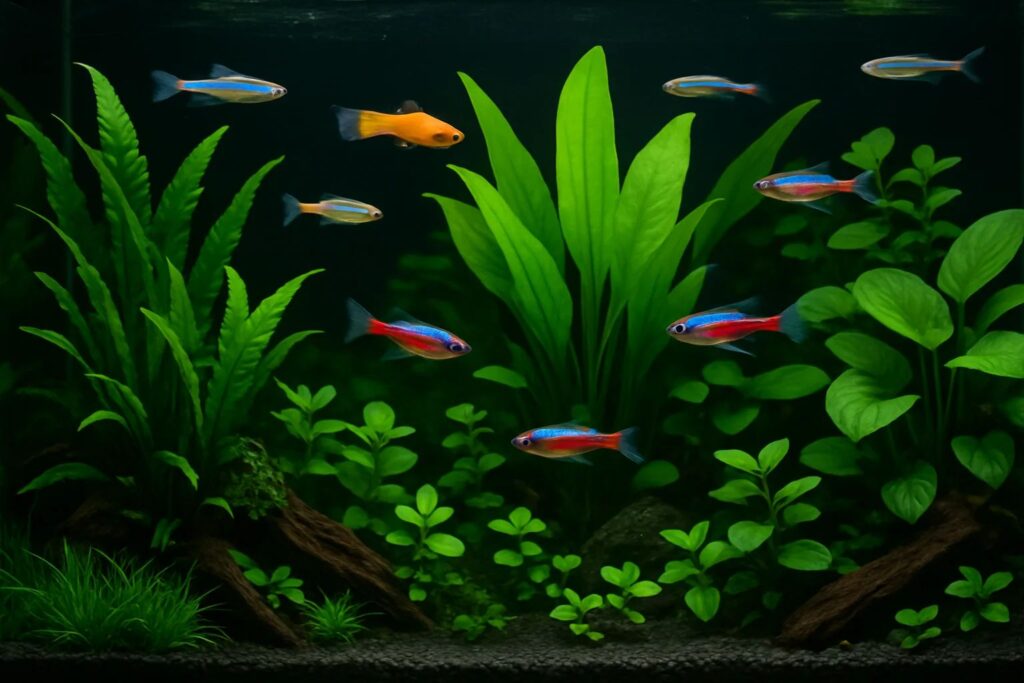
8. Avoid Overcrowding
If we keep too many fish in a small tank waste will build up faster than the filter can handle As a general rule one inch of fish per gallon of water is safe for beginners.
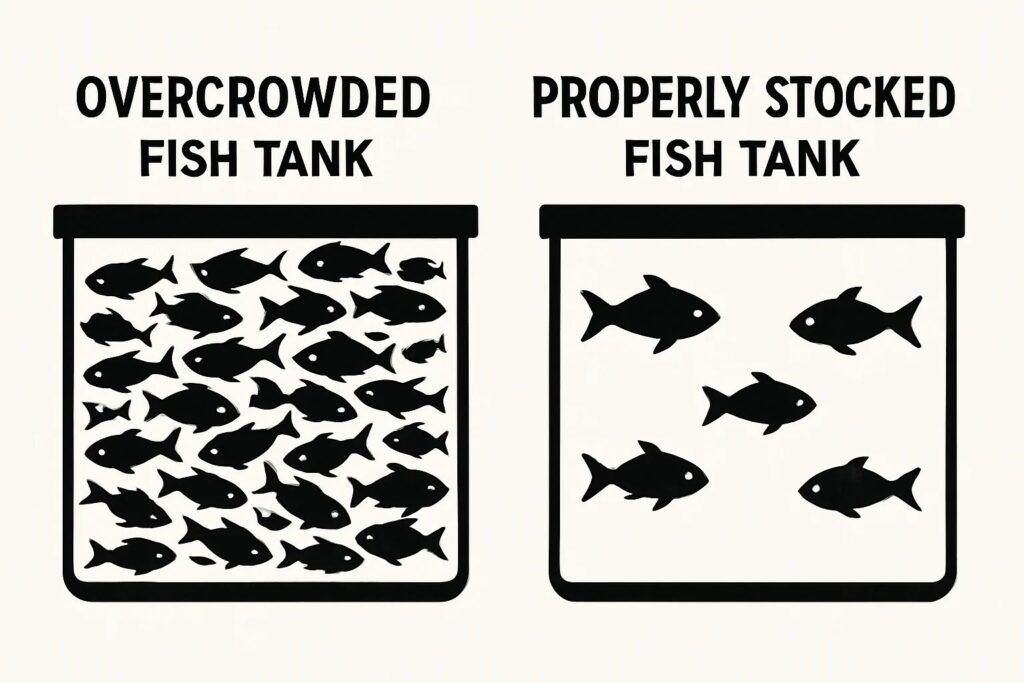
9. Watch for Signs of Trouble
We should always keep an eye on our fish and water If we notice cloudy water bad smells or fish acting strangely that’s a sign something is wrong.
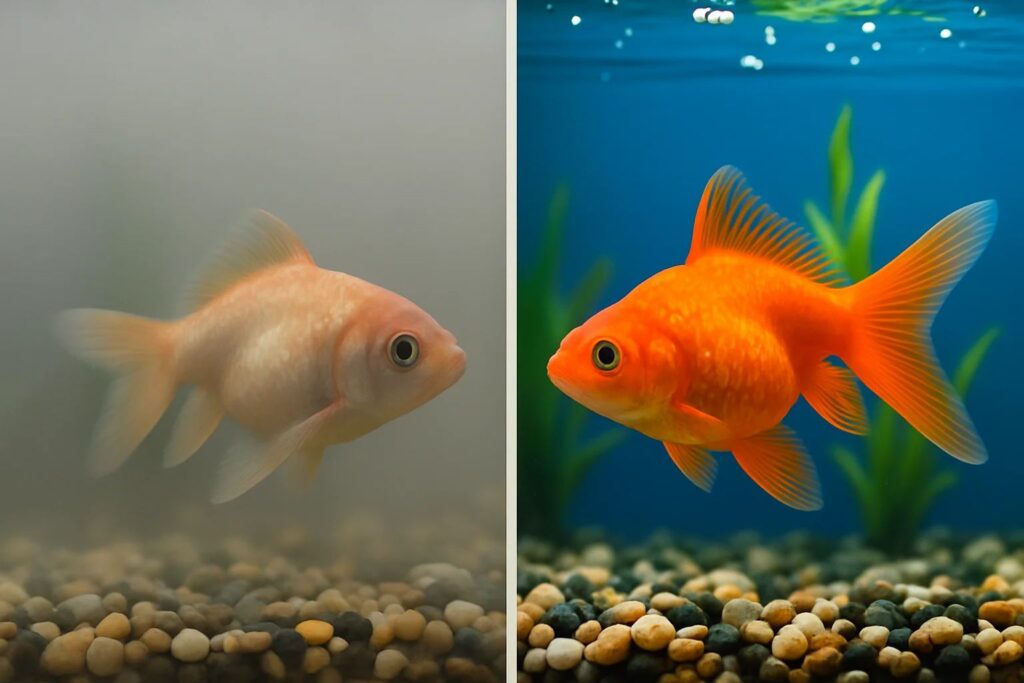
10. Common Mistakes to Avoid
- Changing all the water at once
- Not cycling the tank before adding fish
- Using soap to clean aquarium items always use plain water
- Ignoring test results and hoping the problem goes away
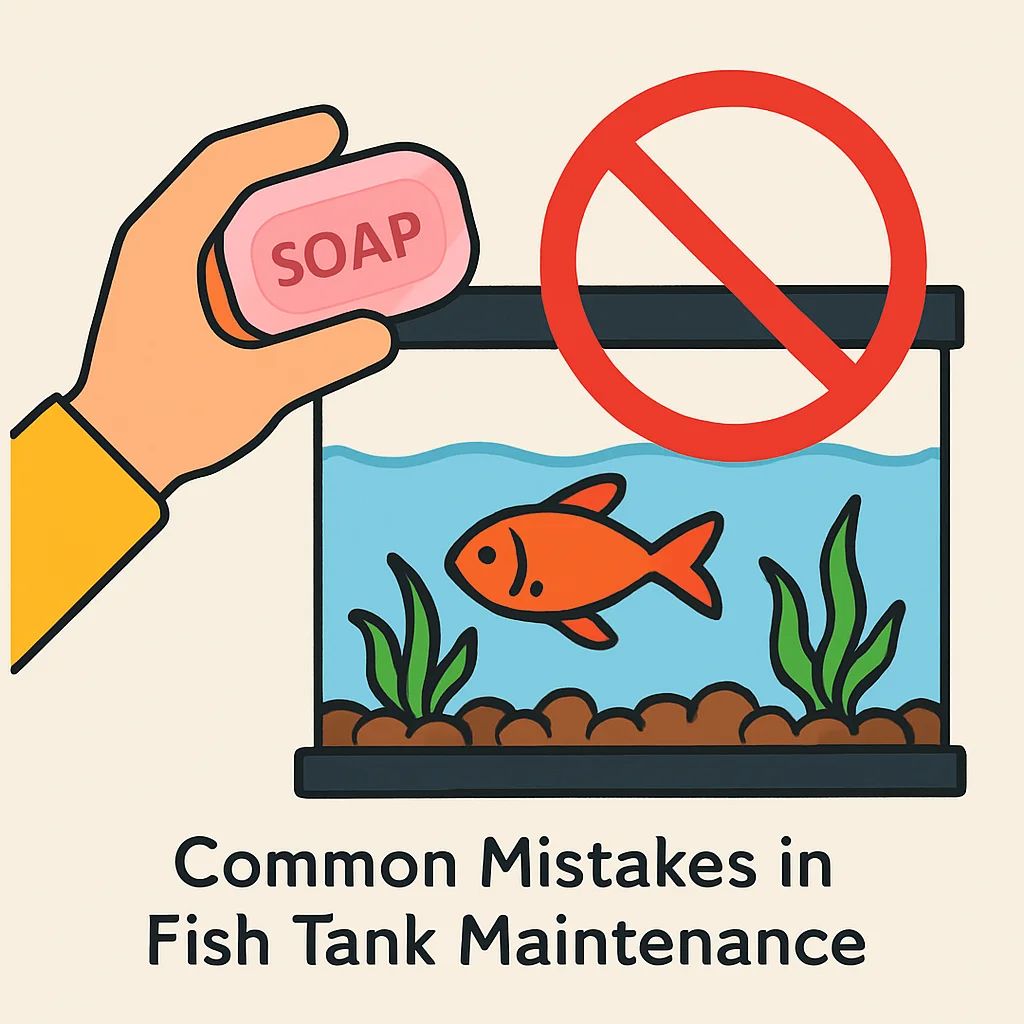
11. Step by Step Weekly Checklist
Every Week:
1. Test the water
2. Change 20–30 percent of water
3. Clean gravel with a vacuum
4. Wipe glass if algae appear
5. Check filter flow and clean if needed
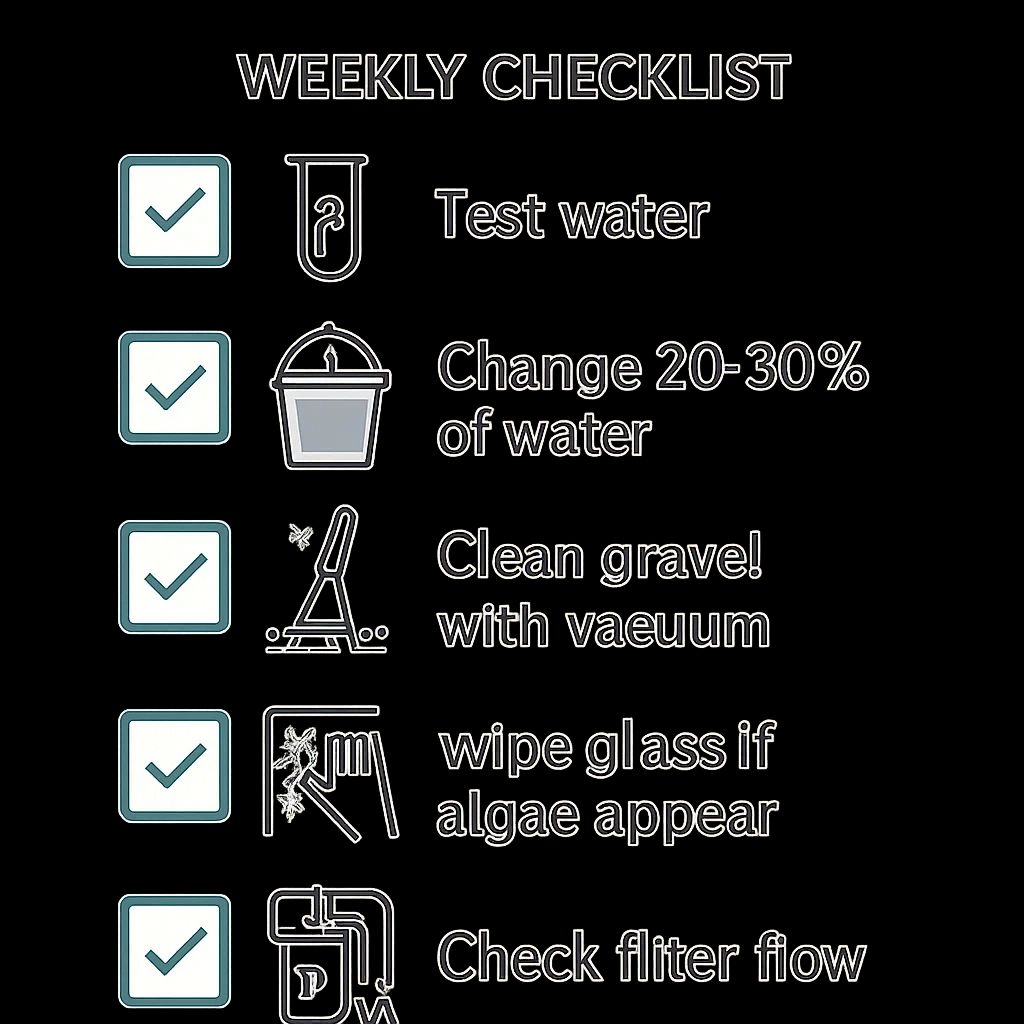
12. The Role of Beneficial Bacteria
Fish waste produces ammonia which is deadly Beneficial bacteria break it down into nitrite still harmful and then into nitrate less harmful This process is called the nitrogen cycle If we clean everything too much or replace all the water we can destroy these bacteria and cause ammonia spikes.
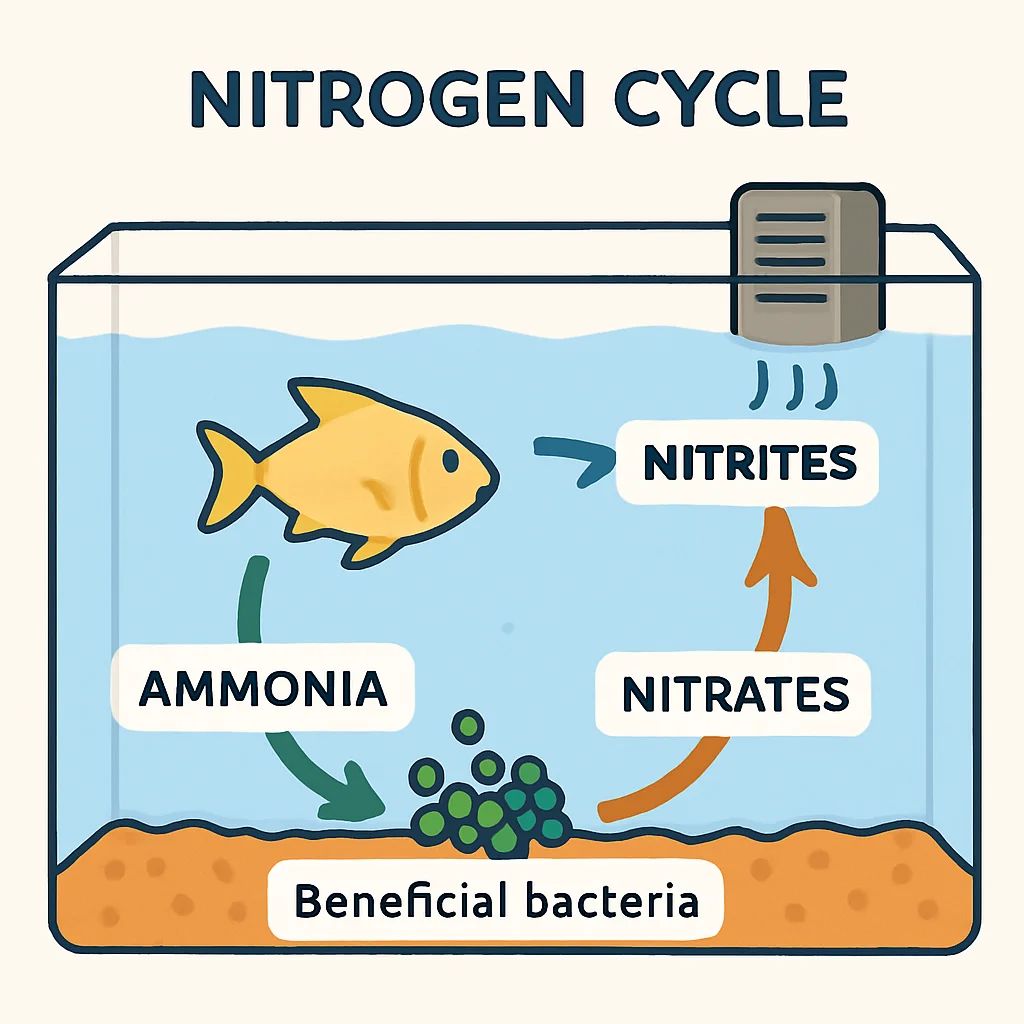
13. What If the Water Gets Cloudy or Smelly?
Cloudy water can mean:
- Overfeeding
- Too many fish
- Not enough filtration
Smelly water usually means too much waste The fix Change some water clean the gravel and check the filter.
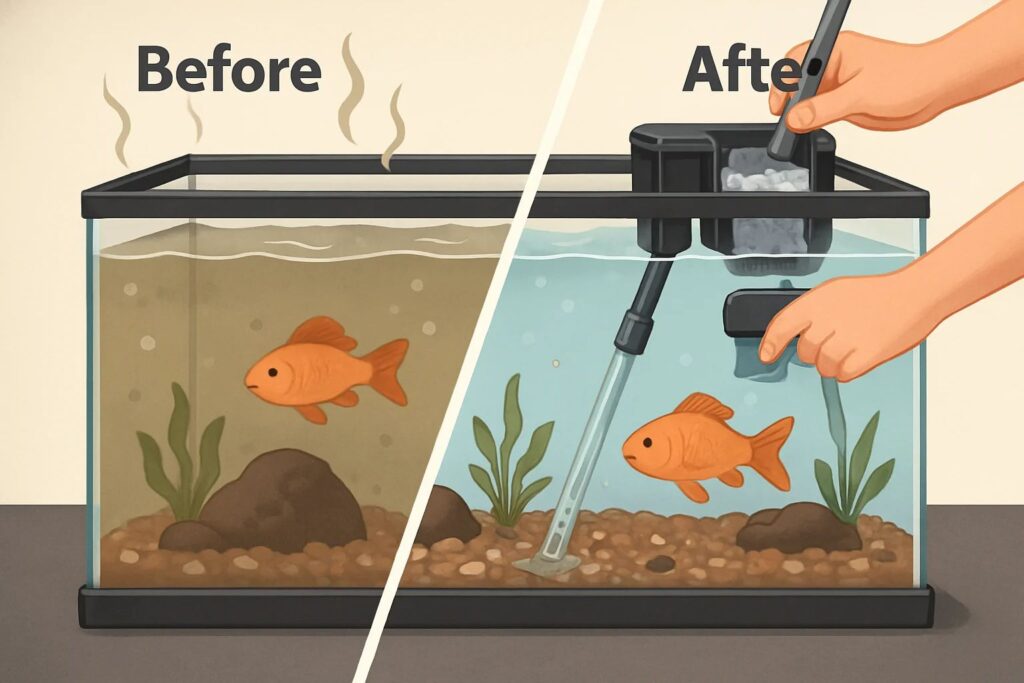
14. How We Can Make Water Changes Easier
We can use:
- A siphon hose for easy water removal
- A bucket just for the fish tank never used for cleaning chemicals
- Pre mixed water with conditioner ready before cleaning
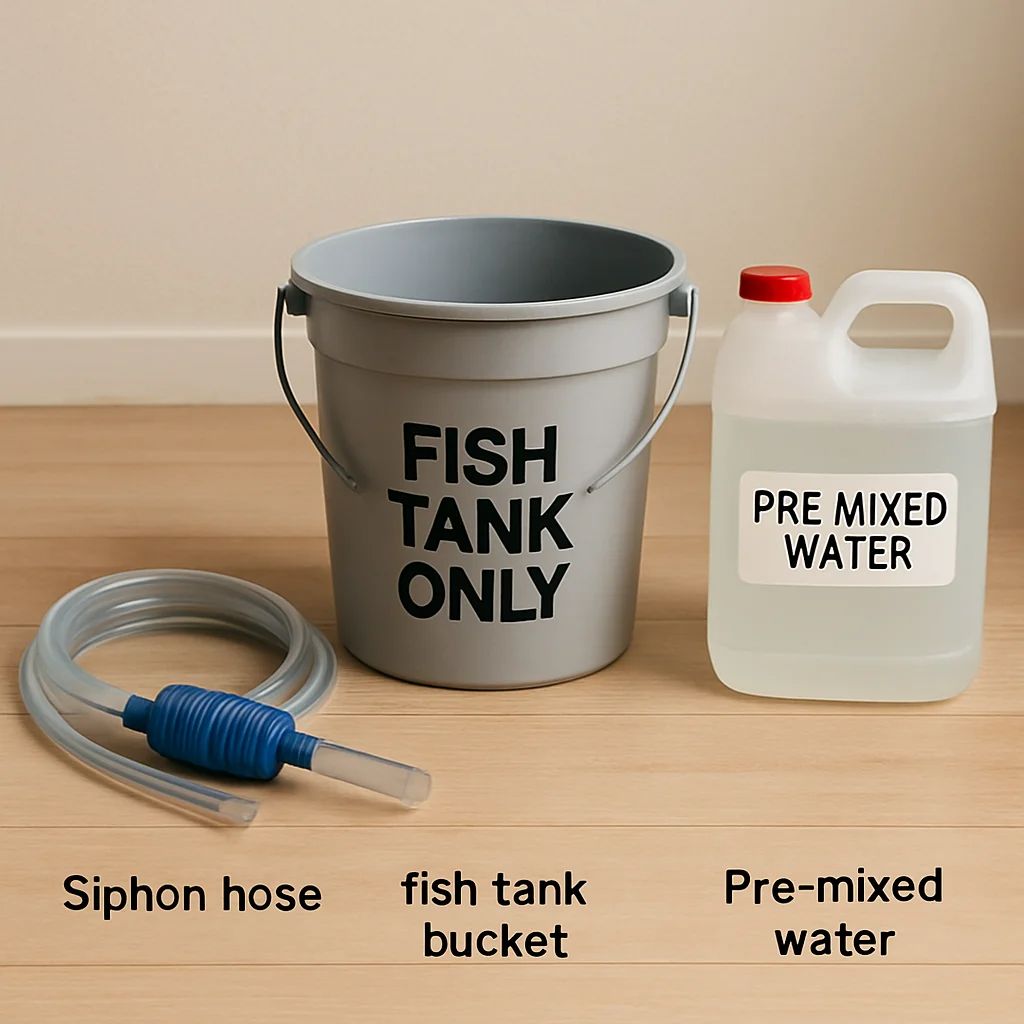
15. Final Thoughts
I think keeping a fish tank is like caring for a tiny underwater garden The fish depend on us for everything especially water quality If we follow these steps regular water changes testing good filtration and avoiding overfeeding our fish will live longer healthier and happier lives.
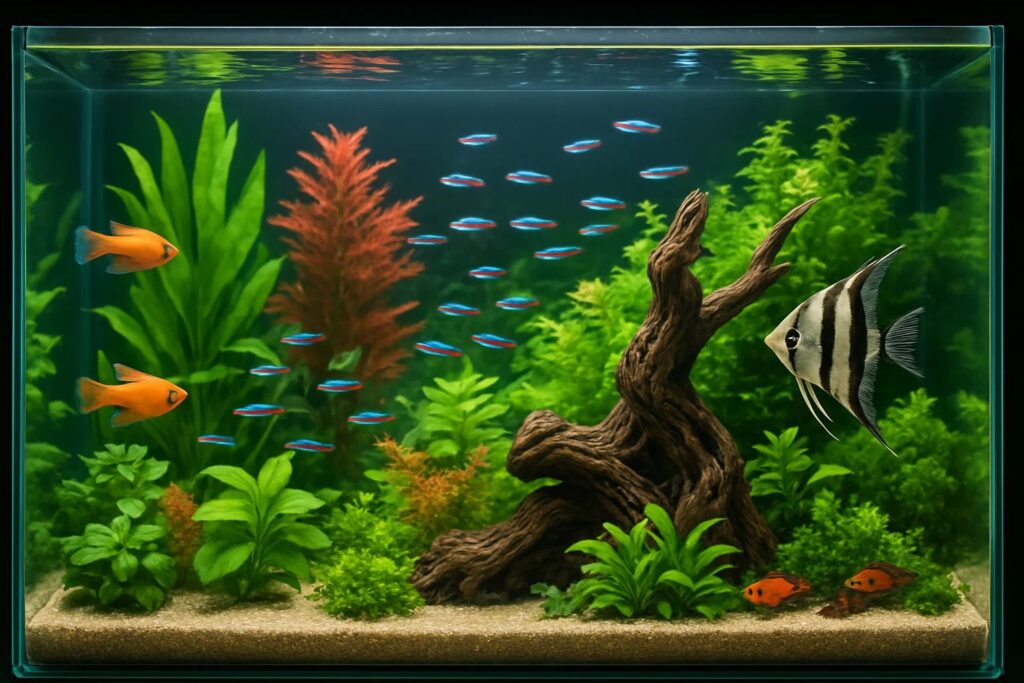
Meta Description
Keeping fish is peaceful, but clean water is the key to their health. Discover easy steps to maintain fish tank water quality and ensure a healthy aquarium.
FAQ
Q1: How often should I change fish tank water?
We should change 20–30 percent of the water every week.
Q2: What’s the best way to test water quality?
Use an aquarium water test kit and follow the instructions.
Q3: Can I use tap water?
Yes, but always add water conditioner to remove chlorine and harmful chemicals.
Q4: How do I know if my water quality is bad?
Signs include cloudy water, bad smells, algae overgrowth, or fish acting sick.
Q5: Do live plants really help water quality?
Yes they absorb waste, add oxygen, and keep the water balanced.
